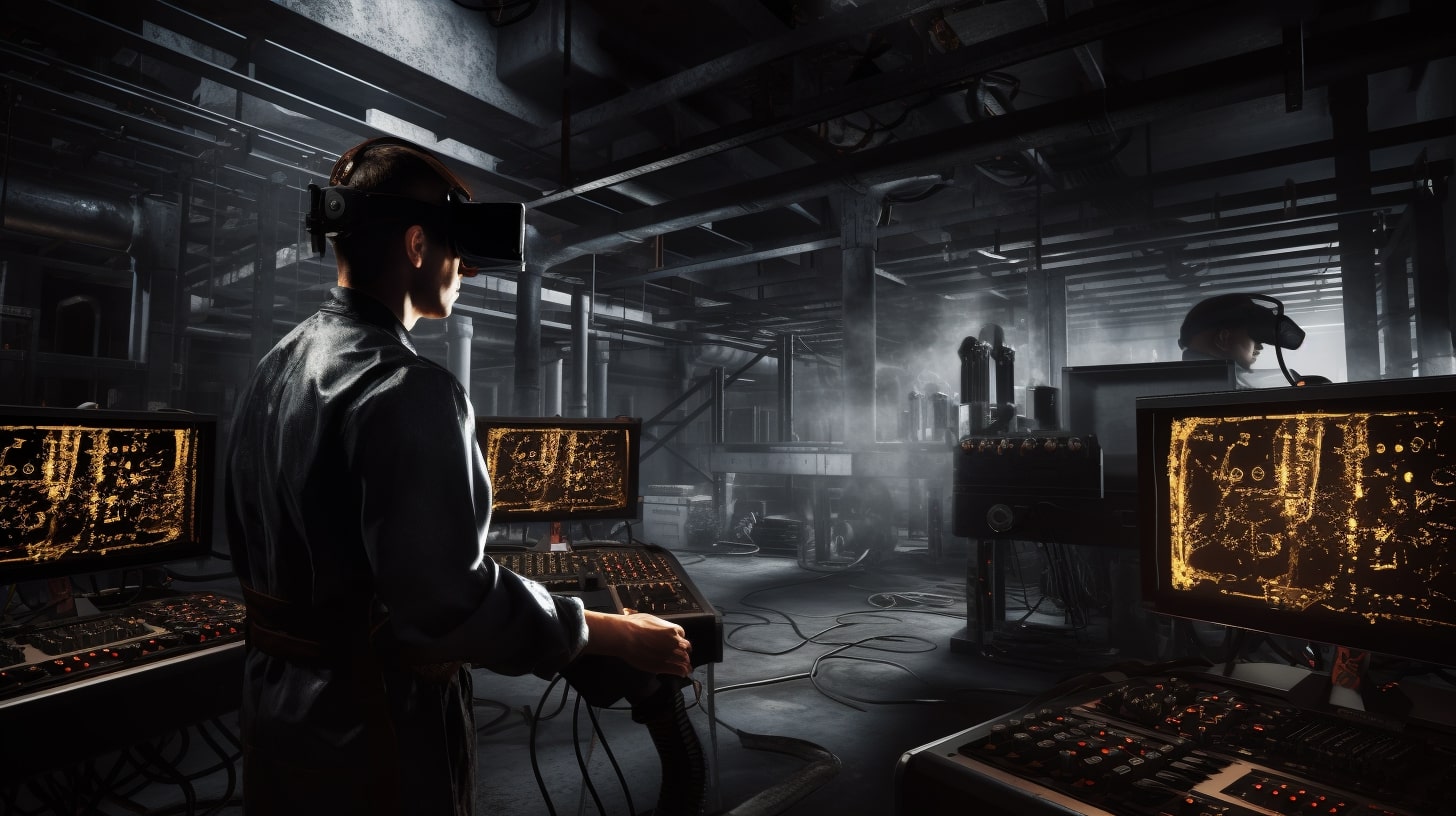Designing an Impactful VR Industrial Training Program: Step-by-Step
Virtual Reality (VR) has proven to be a revolutionary force in various sectors, be it marketing, education, architecture, or the ever-evolving world of Industrial training. With the immersive experience it offers, trainees can gain hands-on experience without facing real-world risks. But how exactly do we design a robust VR industrial training program? Let’s dive deep into the process.
1. Understand the Core Needs and Objectives
Before diving headfirst into designing your program, it’s imperative to understand what you aim to achieve.
Pro Tip: Check out how various industries, such as the aviation, construction, and automotive sectors, have tailored their training programs to meet their specific needs.
2. Choose the Right Equipment and Software
With a myriad of options available, from the Meta Quest 3 to Sony’s new VR headset, selecting the right hardware is crucial. Alongside the device, explore software platforms like CubismVR that can enhance the realism of your training simulations.
3. Incorporate Real-World Scenarios
Basing your training simulations on real-world scenarios is key to ensuring practical learning. Whether it’s dealing with a fire emergency, as demonstrated in VR fire safety training, or managing oil & gas operations effectively through VR, the more realistic your scenarios, the better prepared your trainees will be.
4. Enhance with AI and Advanced Features
Consider integrating cutting-edge AI technology, like the ability to transform text prompts into 3D worlds. Advanced features can adapt training based on the user’s progress, ensuring a more tailored experience.
5. Ensure Safety and Comfort
It’s vital to ensure that the participants feel safe and comfortable. Products like [Cyber Shoes can provide an intuitive and physically engaging way to move within VR environments. Furthermore, understand the potential challenges of VR, such as motion sickness, and design your program to minimize these issues.
6. Collect Feedback and Iterate
Post-training, collect feedback from your participants. Platforms like Hiber3D provide tools for real-time interaction, making feedback collection seamless.
Did You Know: The revolutionary interview conducted in the metaverse showcased the power of VR and its limitless potential in various sectors.

While we’ve outlined the steps to create an effective VR training program, let’s take a deeper dive into how evolving technologies and various sectors are shaping the future of VR in industrial training.
7. Embrace Multi-disciplinary Training Techniques
Training isn’t just about mastering one skill; it’s about blending multiple skills to tackle complex challenges. A classic example is the confluence of virtual reality and medical training, allowing medical students to perform surgeries in a risk-free environment.
8. Include Gamified Elements
Bringing in elements from VR gaming, like those seen in Among Us’s official VR remake, can make training sessions more engaging and interactive. Gamification boosts retention and encourages trainees to approach scenarios more creatively.
9. Continuous Updates & Evolution
With rapid tech advancements, like the generative image dynamics, it’s vital to regularly update your VR modules. This ensures your training materials are always on the cutting edge.
10. Collaboration in the Virtual Space
With platforms like Horizon Workspaces, trainees can collaborate in real-time in a virtual environment, promoting teamwork and collective problem-solving.
Industry Spotlight: The mining industry is leveraging VR for safety and operational training, showcasing how traditional sectors are adopting futuristic technologies.
11. Dive into the Metaverse
The metaverse is the next frontier, and it’s closer than we think. Whether it’s attending conferences, like the Meta Connect 2023, or integrating virtual temples, the metaverse will redefine how we perceive VR training.
12. Measure, Analyze, Improve
Use analytics to measure the effectiveness of your training programs. Understanding where trainees excel or struggle provides data-driven insights for future iterations.
In conclusion, the world of VR industrial training is vast and expanding. At twinreality.in, we pride ourselves on being at the forefront of this revolution. From the latest XR news to insights into sectors like the refinery industry and defense, we’ve got it all covered.
Join us on this journey and explore how the virtual is redefining the real. Dive into our rich collection of articles, discover new brands, and understand how we’re spearheading change in the immersive tech space.
Ready to embark on your VR journey? Dive into our vast collection and stay updated with every leap in the world of virtual reality. Let’s shape the future, one virtual step at a time!
At twinreality.in, we understand the sheer power and potential of VR. As a multi-brand store, we offer a plethora of options for businesses aiming to revolutionize their training processes. With the rapid advancements in this realm, especially with the Metaverse becoming more prevalent, the future of VR in industrial training looks promising.
Stay tuned for more insights, and don’t miss our round-up of all the major event highlights you might have missed!

